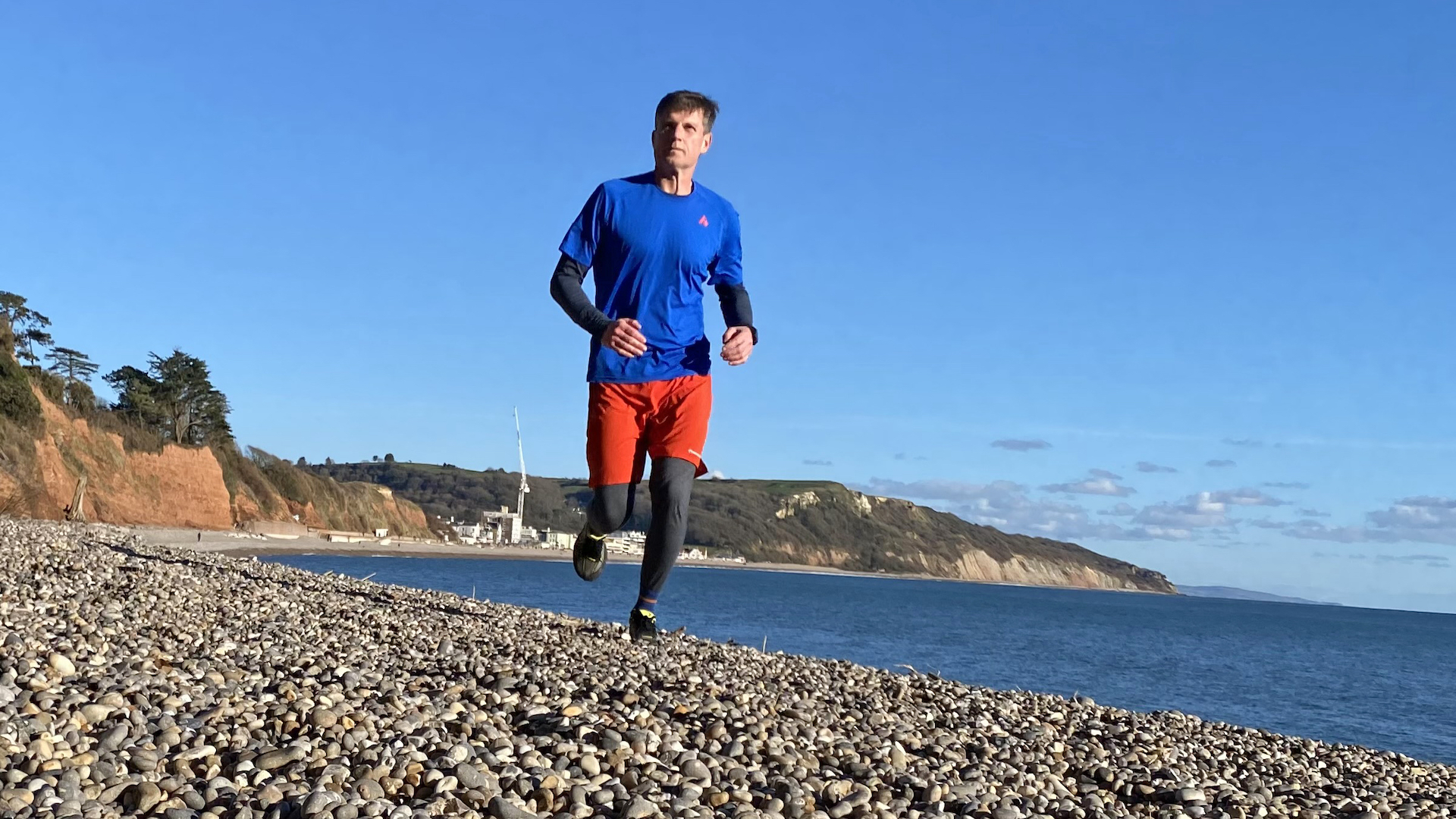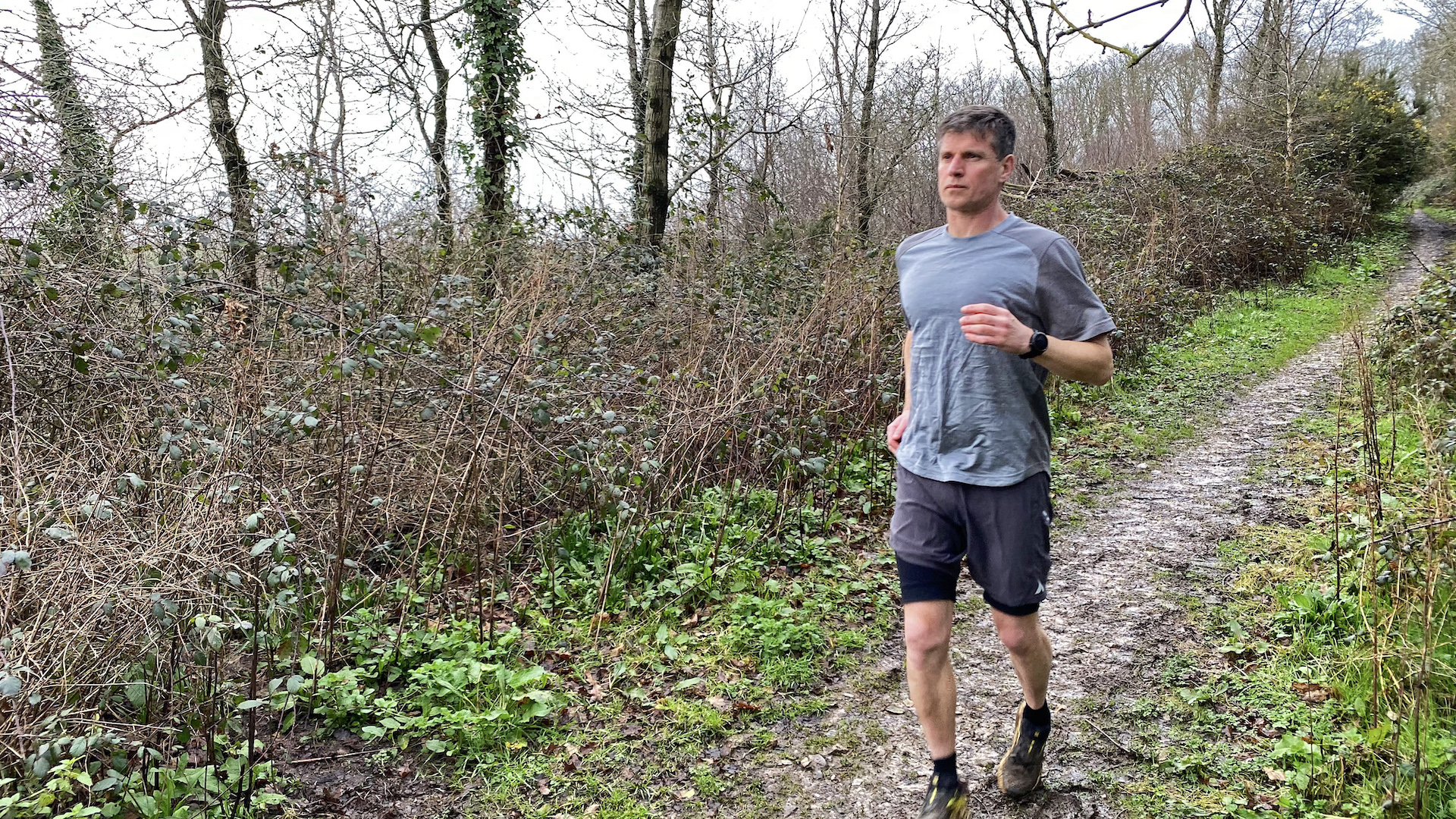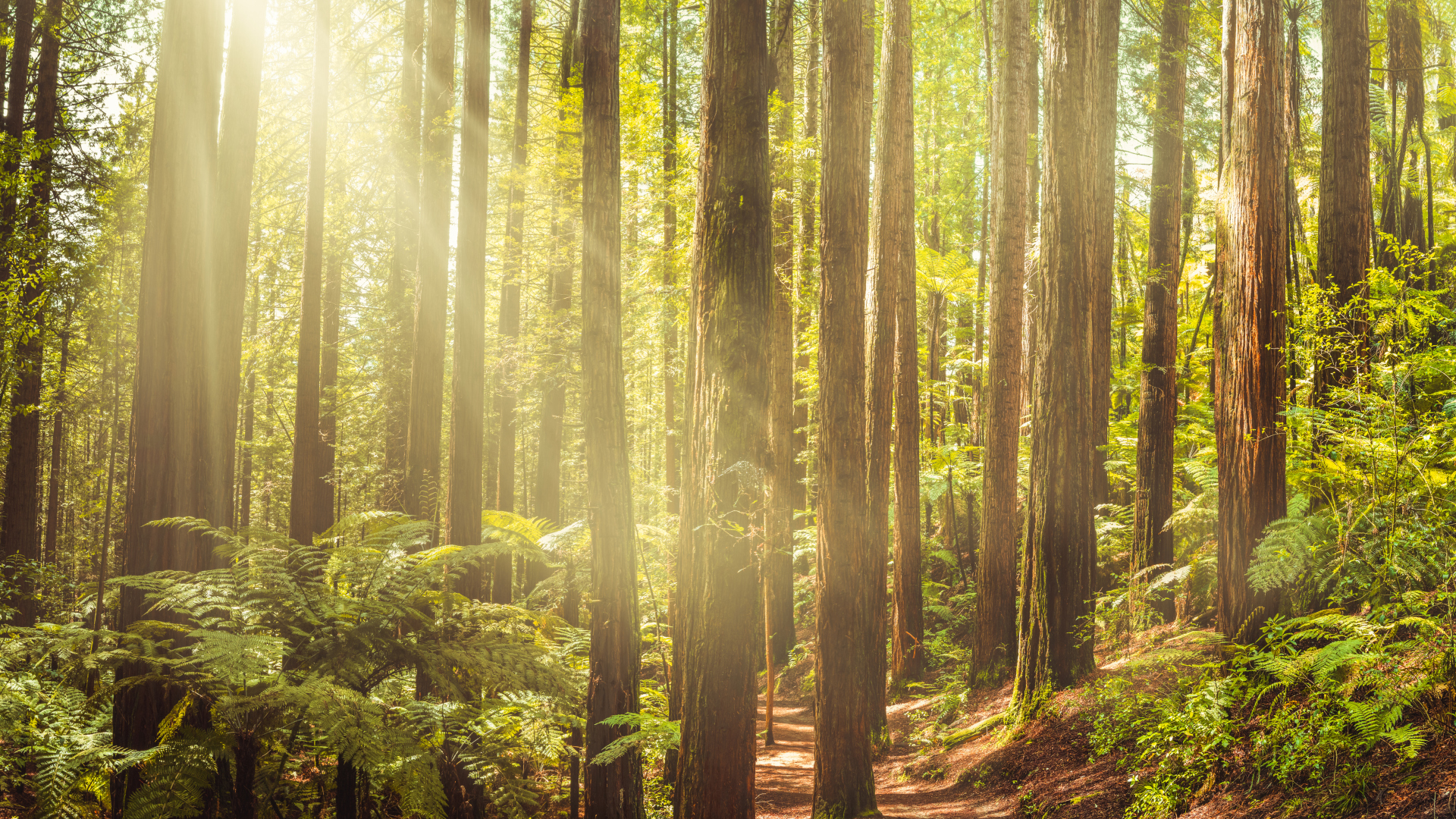What is lyocell in outdoor gear – and is it as sustainable as we think?
We took a closer look at this plant-based fabric that’s become ubiquitous in hiking and running gear

Those of us who love the outdoors by default need to also love the planet and one of the ways you can do that is by ensuring that your gear is made as sustainably as possible. If you’re one of the many trail users seeking to lighten your tread by switching towards natural fabrics in your running tops and hiking socks, one material that you might frequently see on your clothing labels is lyocell.
Lyocell has shown up in a whole host of gear we’ve tried and tested, from the Montane Viper fleece to Reebok’s Floatride Energy Grow running shoes, but what is lyocell anyway, and is it as sustainable as we think?

What is lyocell?
Lyocell is the generic name for a plant-based fiber used to make textiles for clothing and household items. You’ll also see it called by brand names such as Tencel, Newcell and even Excel. According to Sewport, lyocell was originally developed by American Enka in 1972, while the 2014 book Advances in Filament Yarn Spinning of Textiles and Polymers says it was first developed and manufactured as Tencel fiber by Courtaulds Fibers in the UK in the 1980s. Whoever came up with the idea, lyocell is everywhere these days, from outdoor gear like the Columbia Tunnel Springs Wool Tights to fashion clothes and bed linens.
Lyocell is made from wood – usually eucalyptus but sometimes oak, birch and even bamboo – that is cut down into small pieces and then pulped before being dissolved by the non-toxic chemical amine oxide. The raw cellulose is then spun into fibers which are used to produce yarn.

What are the benefits of lyocell in outdoor gear?
Though different garments made from lyocell will feel different depending on how they’re made and what other fabrics it's mixed with, lyocell on its own is extremely soft to the touch. This is an advantage in avoiding chafing in any kit you’re likely to wear over a long period, such as in Smartwool’s Active Ultralite High Neck Tank, although it’s important to remember that construction techniques like flatlock seams are also vital to cut down on rubbing.
Lyocell is also hypoallergenic, and this can be beneficial for trail users, where sweaty conditions mean we’re already more likely to break out in a rash if you choose the wrong running shorts. Even though wool doesn’t contain allergens, many people react to it while those with sensitive skin are also more likely to experience rashes with clothes made using synthetic materials.
Lyocell is also very breathable – more so than cotton – which makes it a good choice for high-intensity pursuits and warmer temperatures. According to Icebreaker, which uses it in Cool-Lite garments like their Amplify Short Sleeve T-Shirt, it wicks moisture three times faster than merino wool, so it helps keep you cool and comfortable in warm weather and dry and warm when you get sweaty in colder environments.
All the latest inspiration, tips and guides to help you plan your next Advnture!
Finally, lyocell is generally touted as a strong fiber, which is always useful in outdoor gear that’s likely to see a lot of wear, tear and washing – though you should know that strength in fabrics sometimes refers to their ability to withstand lab tests like pressurized water and has less to do without it holds up against daily demands. Furthermore, the durability of a garment will also depend on what you do with it and what other materials are used, but compared to many bamboo rayon garments we’ve tested, we’ve found it to be relatively sturdy.

Is lyocell as sustainable as it seems?
There’s a certain amount of greenwashing that goes along with any natural fiber, and lyocell is no exception, but it does boast several properties that help make it a more sustainable option than some. Eucalyptus trees grow quickly and don’t require any irrigation, using less than half the amount of water required to produce the same amount of cotton, according to a 2019 article in The Guardian. The trees also require virtually no pesticides and are happy to grow on land that can no longer be used to grow food.
As we already mentioned, the chemicals used to produce lyocell are non-toxic and can be used repeatedly. Finally, because lyocell wicks moisture, bacteria from your sweat don’t just sit on the surface of your clothes getting smelly, which means less washing and therefore less water used on the consumer end.
As always, however, there’s a catch, and in this case, the same article explains that the sustainability of your gear depends in part to whether or not it was produced by a country that uses fossil fuels in production. The only way to determine this is to shop from brands where the raw materials can be traced to the source, and even that can be tricky. Many brands report that they only use lyocell from Tencel, which is based in Austria, a company where the last coal plant closed in 2020. However, Tencel also has factories in China, a country which is largely coal-powered.
Furthermore, despite studies that show that lyocell biodegrades within weeks, that also depends on whether or not it's blended with non-biodegradable materials like nylon. All in all, lyocell is considered by many to be a promising alternative to synthetic materials, but as always, it’s up to you to read labels and get to know the outdoor brands you shop from.
Julia Clarke is a staff writer for Advnture.com and the author of the book Restorative Yoga for Beginners. She loves to explore mountains on foot, bike, skis and belay and then recover on the the yoga mat. Julia graduated with a degree in journalism in 2004 and spent eight years working as a radio presenter in Kansas City, Vermont, Boston and New York City before discovering the joys of the Rocky Mountains. She then detoured west to Colorado and enjoyed 11 years teaching yoga in Vail before returning to her hometown of Glasgow, Scotland in 2020 to focus on family and writing.

